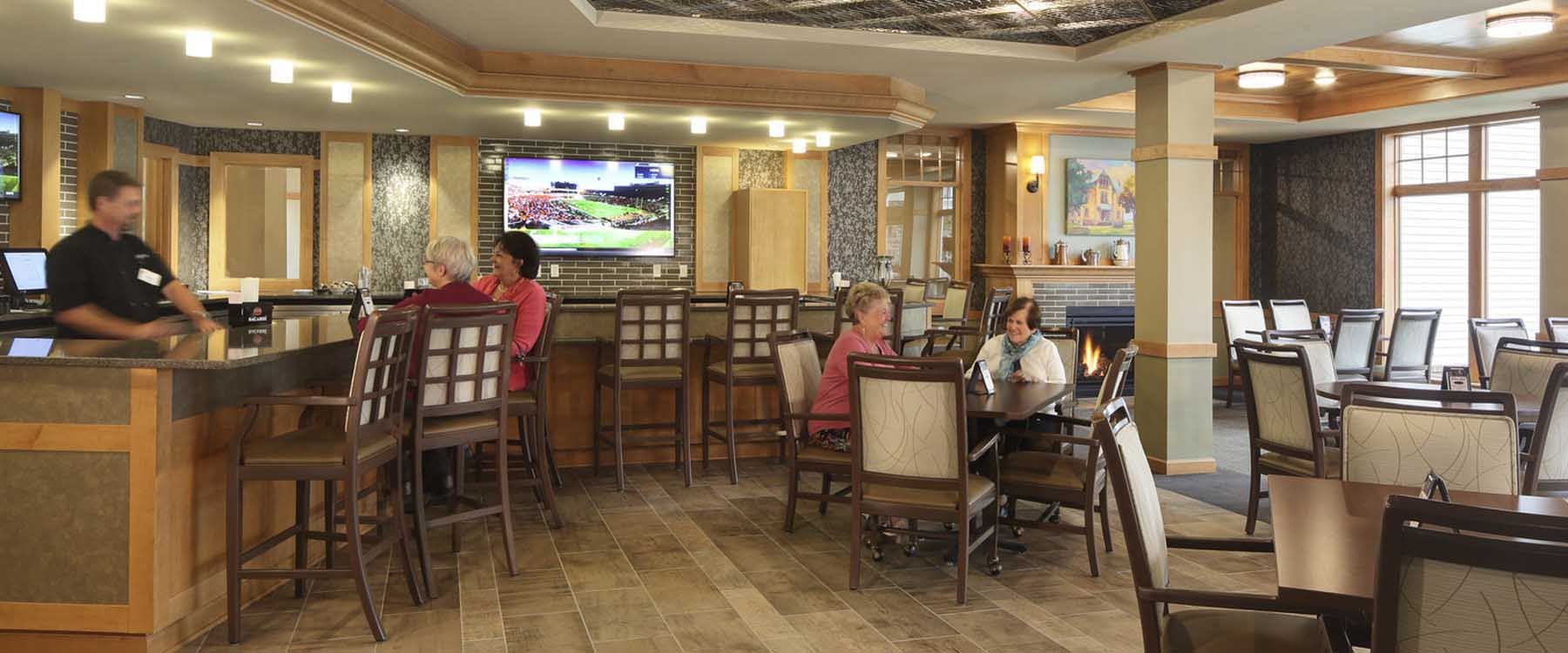The Baby Boomer generation is on the minds of senior living communities. But, the oldest of boomers are still years away from considering traditional senior housing—where the typical resident is over the age of 80. Rather than wait for the largest generation in the United States to age into their facilities, providers and developers are looking for opportunities to serve younger retirees.
Demographic Trends
Between 2009 and 2015, the number of renters in the 55-plus demographic increased by 28%, the largest increase of any age group according to U.S. Census Bureau data analyzed by the rental listing website RentCafe. Many of these renter retirees are flocking to typical hot spots around the country like Florida and Arizona. But not all are looking to fill their days with playing golf and watching more golf on TV from their recliner. Many want to live close to shopping, cultural activities, health care, and urban centers. Sophisticated providers have taken note and are reconsidering the traditional senior living model to now stress lifestyle over aging.
According to focus group research commissioned by Capitol Seniors Housing, a significant number of seniors want to live with like-minded individuals and take part in organized activities. Seniors want to live where the action is, and where there are multicultural and multigenerational influences. Capitol Senior Housing is branching out, for this reason, to develop ‘active living’ communities where seniors will be close to a variety of services, activities and amenities.
Senior Housing Will Respond
In other words, senior housing communities should offer residents convenience, socialization, and likeminded neighbors. Take the recent success of the Jimmy Buffet Margaritaville inspired community in Daytona Beach, Florida. The massive 6,900 home community includes a fitness center, retail area, arts and learning programs, band shell for live music, and private beachfront club for residents. But, active communities don’t exclusively mean seniors who always have booze in the blender, ready to celebrate. In the future, look for affinity branding, whether based on religion, military service, sexual orientation, ethnicity or other physcial leisure activity or intellectual interest.
The senior living market is on the cusp of the greatest influx of residents in history but how facilities plan to capture this surge will determine their success. It is up to developers and operators to provide seniors with choices for how and where they wish to age. The decision to move into these senior communities is lifestyle driven, not needs driven and the sooner facilities can cater the lifestyles that seniors want to live, the sooner, and longer, they will be able to provide service to the Baby Boomers.
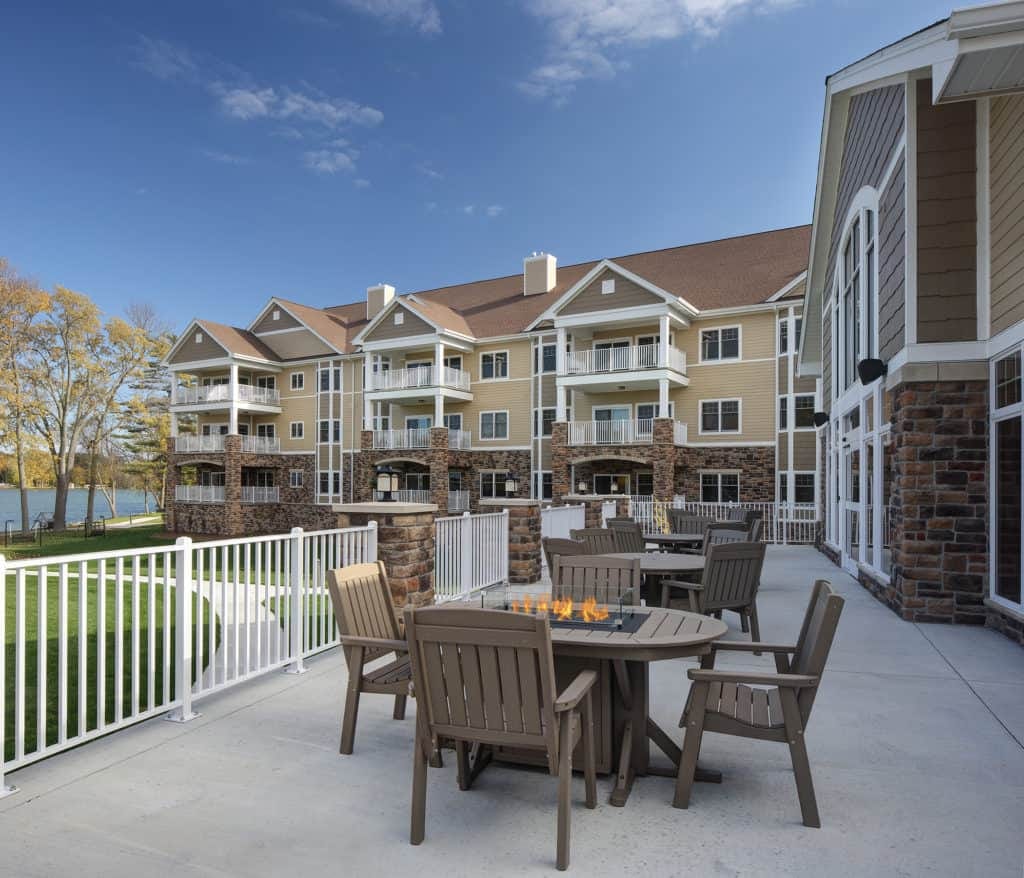
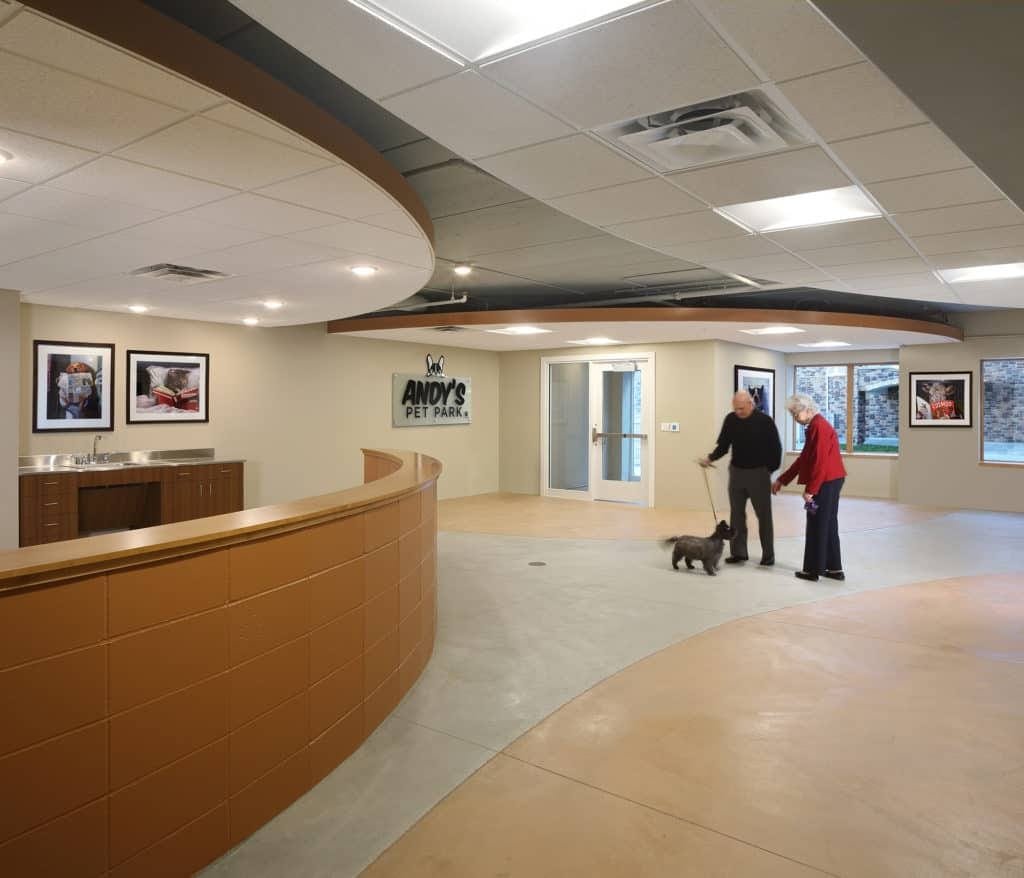
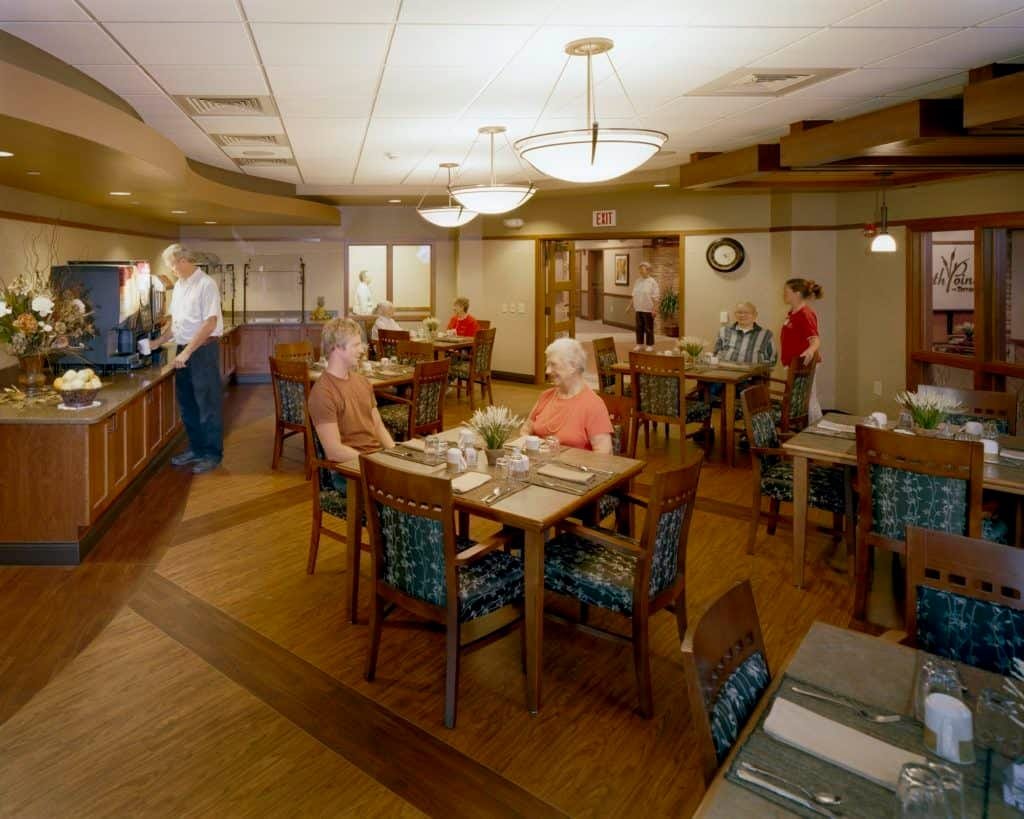
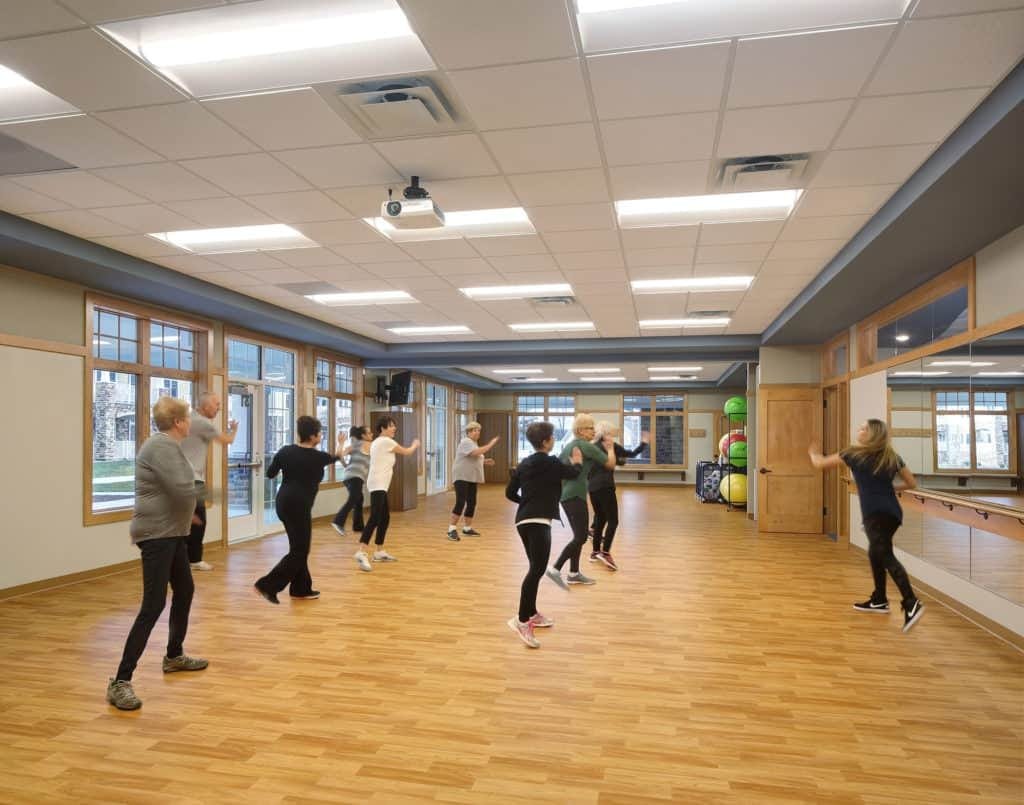
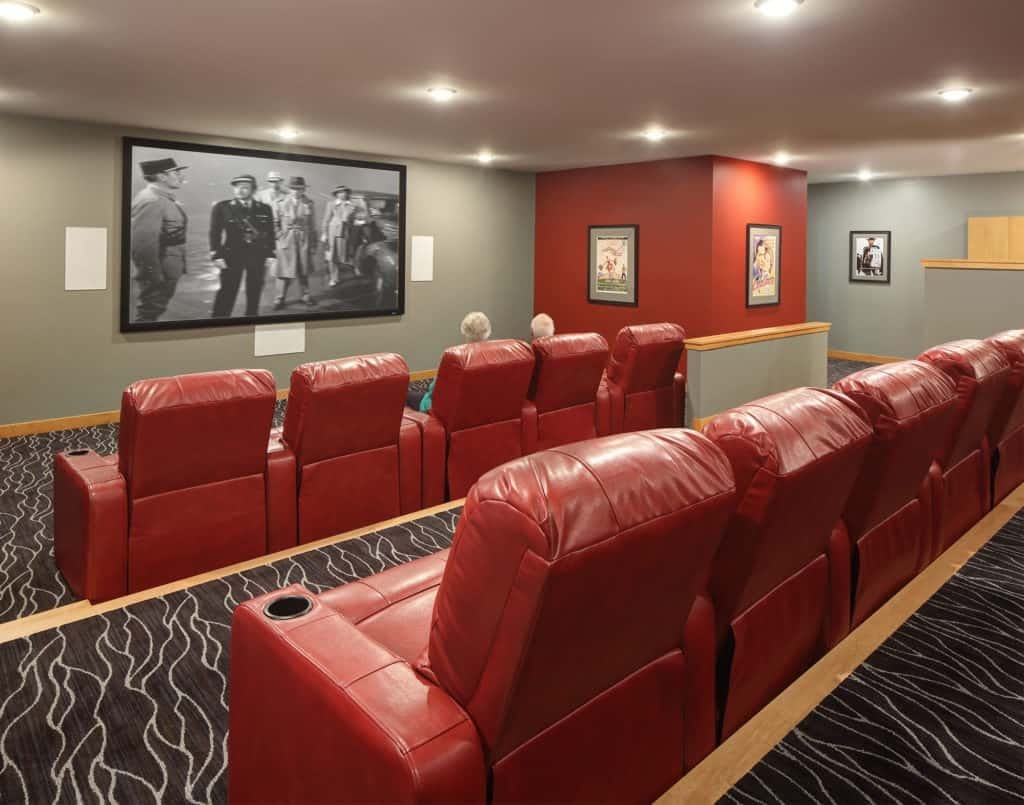
Author: PRA Senior Partner Gregg Golden. Gregg co-leads PRA’s Senior Living Studio, the Hospitality Studio, and the Residential Design Stuio.
